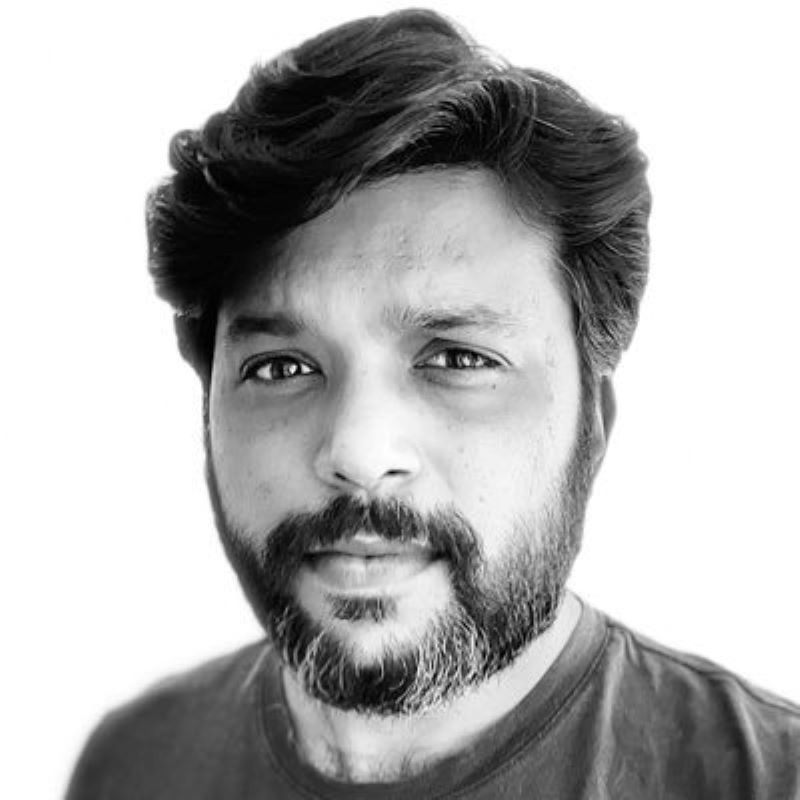 Danish Siddiqui
Danish Siddiqui
Indian photojournalist Danish Siddiqui's death not a collateral damage, was brutally murdered by Taliban: Reports
New light has been shed on the death of Indian Pulitzer Prize-winning photojournalist Danish Siddiqui, who died on July 16 while covering a clash between Afghan security forces and the Taliban. Now, a report says Siddiqui was murdered by the militants.
According to a report by Michael Rubin for US-based Washington Examiner, "He [Siddiqui] was not simply killed in a crossfire, nor was he simply collateral damage; rather, he was brutally murdered by the Taliban."
Earlier, a BBC report about the slain chief photographer for Reuters in India read: "He was embedded with a convoy of Afghan forces that was ambushed by Taliban militants near a key border post with Pakistan," while the the New York Times wrote, "[He] was killed while covering a clash between Afghan security forces and the Taliban."
The Washington Post described Siddiqui's death as "killed in what was described as Taliban crossfire."
Reuters had said, "We are urgently seeking more information [and] working with authorities in the region," while The US State Department said, "We are deeply saddened to hear that Reuters photojournalist Danish Siddiqui was killed while covering fighting in Afghanistan."
And in none of the above reportage has the word 'murder' been used once.
However, according to Rubin, Siddiqui was alive when the Taliban captured him. "The Taliban verified Siddiqui’s identity and then executed him, as well as those with him. The commander and the remainder of his team died as they tried to rescue him," he wrote.
According to reports, the Indian photojournalist had traveled with an Afghan National Army team to the Spin Boldak region to cover a clash between Afghan forces and Taliban militants- who were hoping to control the lucrative border crossing with Pakistan.
"When they got to within one-third of a mile of the customs post, a Taliban attack split the team, with the commander and a few men separated from Siddiqui, who remained with three other Afghan troops," the Washington Examiner report said.
"During this assault, shrapnel hit Siddiqui, and so he and his team went to a local mosque where he received first aid. As word spread, however, that a journalist was in the mosque, the Taliban attacked. The local investigation suggests the Taliban attacked the mosque only because of Siddiqui’s presence there," it added.
Rubin further wrote: "While a widely circulated public photograph shows Siddiqui’s face recognizable, I reviewed other photographs and a video of Siddiqui’s body provided to me by a source in the Indian government that show the Taliban beat Siddiqui around the head and then riddled his body with bullets."
Decoding the death, Rubin came down hard on the Taliban, calling the militants for discarding global accord. "The Taliban’s decision to hunt down, execute Siddiqui, and then mutilate his corpse shows that they do not respect the rules of war or conventions that govern the behavior of the global community."
"The Taliban are always brutal but likely took their cruelty to a new level because Siddiqui was Indian. They also want to signal that Western journalists are not welcome in any Afghanistan they control and that they expect Taliban propaganda to be accepted as truth," Rubin's report read.
Rubin also warned that the Taliban may scale up their atrocities, given the factor that the foreign forces are withdrawing from the war-torn Afghanistan.
The writer also called out the US State Department for continuously referring to Siddiqui's death as 'just a tragic accident' while ignoring facts which point at the cold-blooded murder.
"The Biden administration’s decision to uphold the Feb. 29, 2020, U.S.-Taliban agreement even though the Taliban have not, and to withdraw completely, is condemning Afghanistan to a bloodbath," the report said.
"It threatens to destabilize the broader region. But rather than confront reality, the Biden administration appears intent to whitewash Taliban crimes. To acknowledge the fact that the Taliban executed Siddiqui and that the photographer’s death was not a tragic accident would contradict White House spin," Rubin opined.
"If only successive administrations focused more on defeating the Taliban rather than absolving them or projecting sincerity onto them, the situation might never have become so dire," the writer concluded.
Siddiqui's mortal remains arrived at the Delhi airport in the evening of July 18 and later reached his residence in Jamia Nagar. He was buried at the Jamia Millia Islamia graveyard, where a sea of mourners flocked to pay their last respects.
Support Our Journalism
We cannot do without you.. your contribution supports unbiased journalism
IBNS is not driven by any ism- not wokeism, not racism, not skewed secularism, not hyper right-wing or left liberal ideals, nor by any hardline religious beliefs or hyper nationalism. We want to serve you good old objective news, as they are. We do not judge or preach. We let people decide for themselves. We only try to present factual and well-sourced news.







